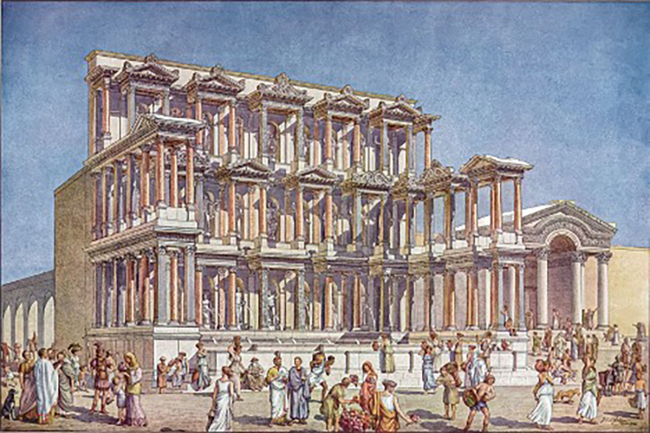RAVE: Roko Rumora

Roko Rumora (Ph.D. Candidate, Art History) will present a paper entitled “Putting Down Memories: Roman Mnemonics and Statue Display in Quintilian, Cicero and the Rhetorica ad Herennium”. Professor Seth Estrin (Art History) will offer a response.
Roko Rumora is a curator and doctoral candidate in Art History at the University of Chicago. His research focuses on the evolution of sculptural aesthetics in the Roman Empire, with a particular emphasis on the interaction between the arrangement of statues in space and their aesthetic appreciation. Roko completed his BA in Art History at Columbia University and was a visiting scholar in Classical Archaeology and Ancient History at the University of Oxford. Most recently, he was a graduate curatorial intern at the Department for Ancient and Byzantine Art at the Art Institute of Chicago. Roko’s writing has appeared in the journal Hyperallergic as well as in a range of publications in his native Croatia.
Seth Estrin (Assistant Professor of Art History and the College) is an historian of the art, archaeology, and visual cultures of ancient Greece. With research interests ranging from Minoan wall painting to inscribed epigram, his work crosses traditional boundaries between art historical and classical scholarship, and engages closely with ancient as well as contemporary theoretical discourses of representation and visual experience. He is currently working on his first book, tentatively entitled Objects of Recognition: Sculpted Funerary Monuments in Classical Athens. Estrin holds degrees from the University of Toronto, the University of Oxford, and the University of California, Berkeley, and has held fellowships from the Social Science Research Council and the Center for Advanced Study in the Visual Arts.
Please click here to register for the workshop.
Image: Roman Nymphaeum (monumental fountain) populated with statues, Miletus, late 1st century CE. Reconstruction by Julius Hülsen, 1910.